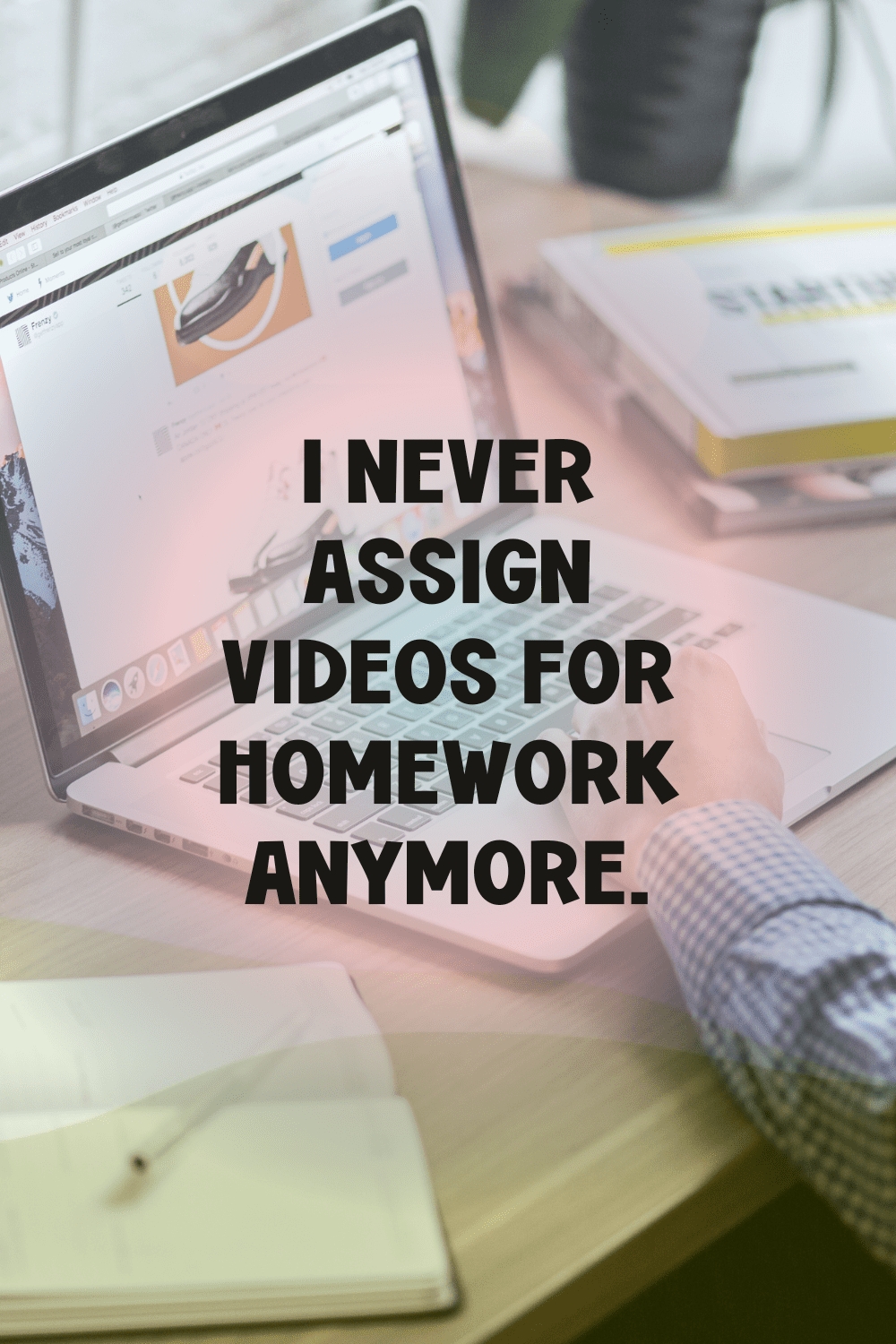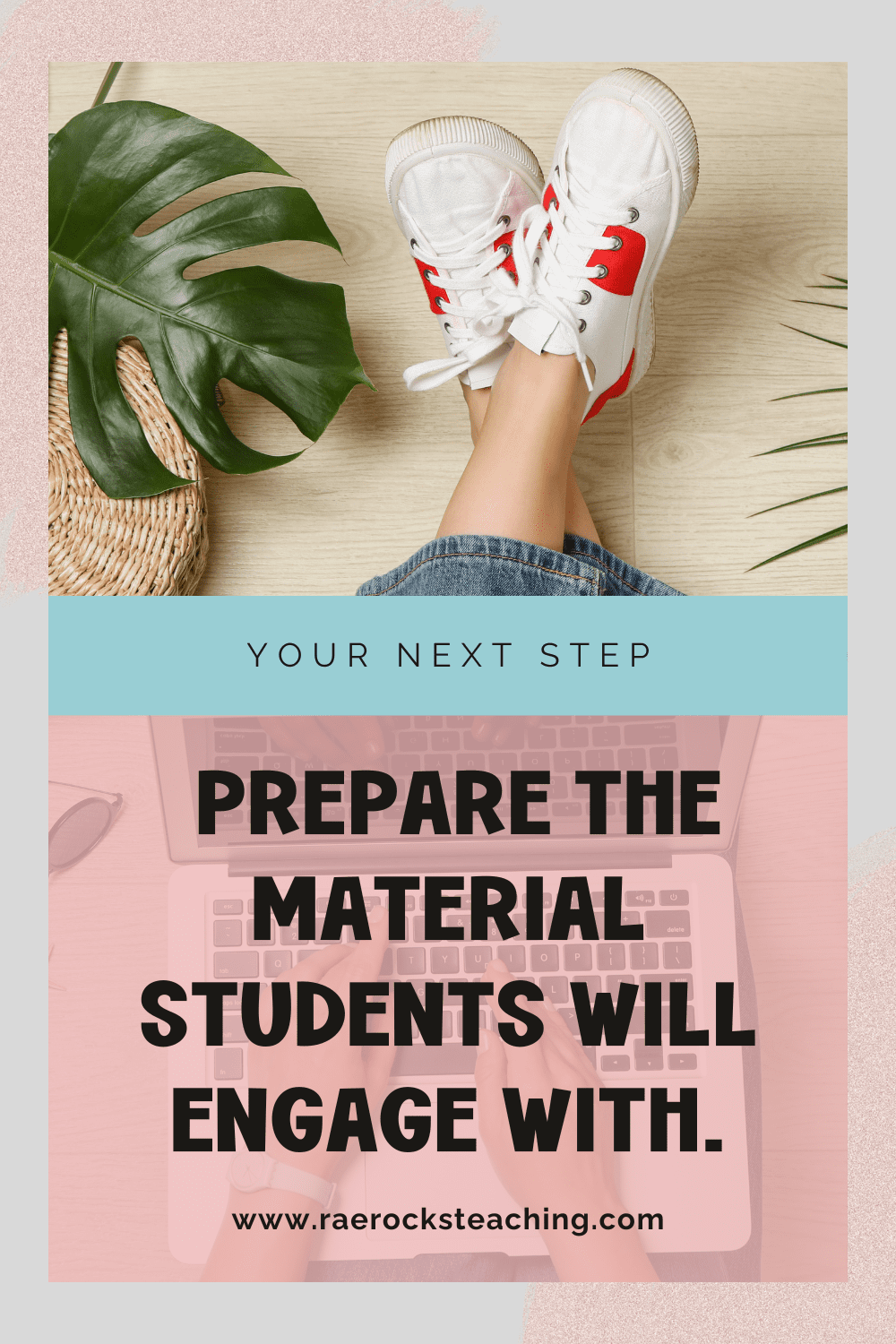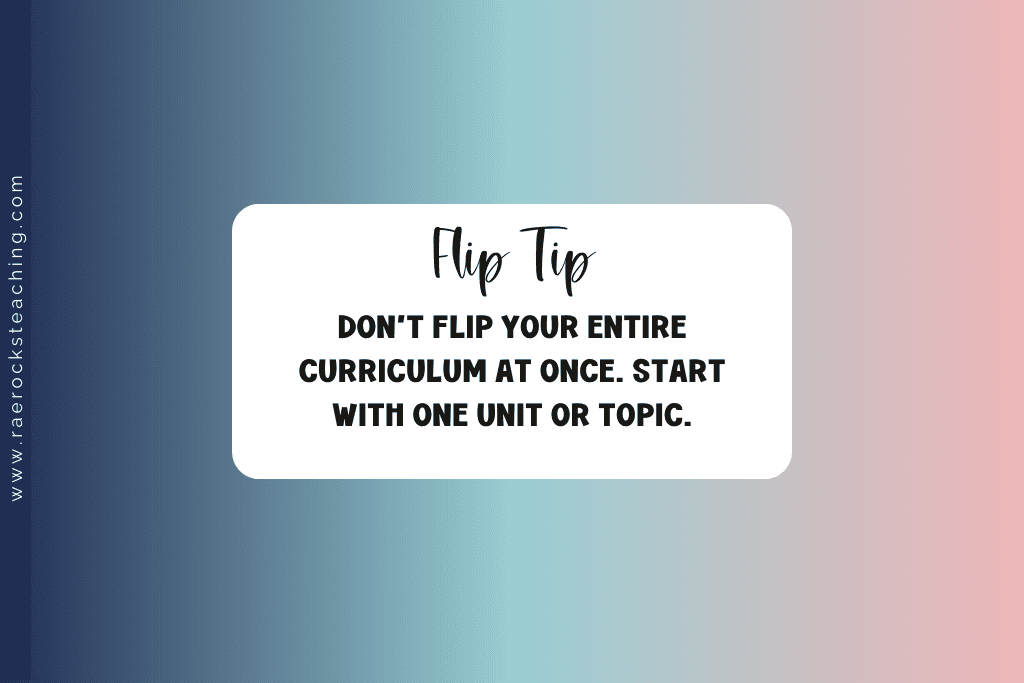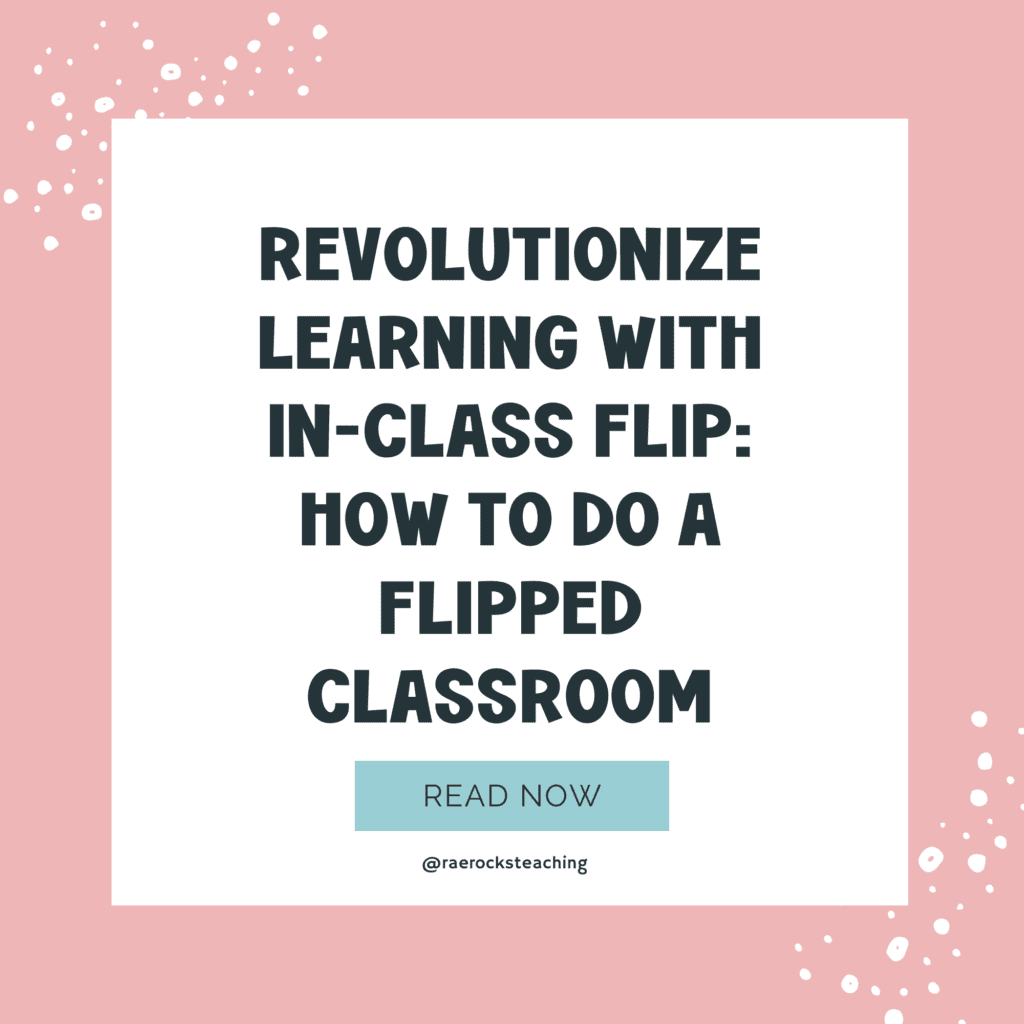In the ever-changing landscape of teaching, we are constantly looking for innovative methods to enhance learning experiences. One such approach that’s been making waves is how to do a flipped classroom model. But wait, before you roll your eyes at the thought of another educational buzzword, let’s dive into what makes this concept not just another trend, but a potential game-changer.
What is a Flipped Classroom?
At its core, a flipped classroom turns the traditional teaching model on its head. Instead of introducing new concepts in class and assigning homework to reinforce them, students first encounter new material at home, typically through videos or reading assignments. Then, class time is devoted to activities that deepen understanding: discussions, projects, or hands-on practice. It’s like telling your students, “Hey, watch this cool science video for homework, and tomorrow we’ll dissect a frog based on what you’ve learned.” Exciting, right? If I am being honest, I used to do this approach, but now incorporate an IN-CLASS Flip. This is where students still watch video lessons, except they do so during classtime. I never assign videos for homework anymore.

-
Save
Why Flip Your Classroom?
The flipped classroom model offers several benefits…
ONE | Personalized Pace: Students can learn new concepts at their own speed at home, pausing and rewinding videos as needed.
TWO | Active Learning: Class time is more interactive, focusing on applying concepts rather than passive listening.
THREE | Immediate Feedback: You can provide real-time assistance and address misunderstandings during class time.
FOUR | Engagement: Let’s be real, which student wouldn’t prefer discussing and experimenting over listening to a lecture?

-
Save
How To Do a Flipped Classroom: A Step-by-Step Guide
Step 1: Choose Your Content Wisely
Start by identifying the content that would benefit most from the flipped model. Complex topics that require hands-on practice or group discussions are ideal. For instance, in a biology class, concepts like cellular respiration or the anatomy of the human heart are perfect candidates.
Step 2: Create or Curate Engaging Material
Your next step is to prepare the material students will engage with. This could be video lectures, podcasts, or reading material. If you’re feeling creative, you can make your own videos (hello, inner Spielberg!). Or, if you’re pressed for time, curate content from reliable sources. Remember, the goal is to make the material engaging and accessible.

-
Save
Step 3: Plan Interactive Class Activities
This is where the magic happens. Design class activities that encourage students to apply what they’ve learned. Think lab experiments, group discussions, problem-solving sessions, or even role-playing. The key is to make these activities hands-on and collaborative.
Step 4: Provide Structure and Support
Transitioning to a flipped classroom can be challenging for students used to traditional methods. Provide clear instructions, expectations, and support. This might include guidelines on how to engage with flipped materials (during classtime, remember…) or how to prepare for in-class activities.
Step 5: Feedback and Flexibility
Regularly gather feedback from your students about what’s working and what’s not. Be prepared to tweak your approach. Maybe your students love the videos but find the reading dull. Or perhaps they need more guidance during in-class activities. Stay flexible and responsive.
My Tips for Success
ONE | Start Small: Don’t flip your entire curriculum at once. Start with one unit or topic.
TWO | Use Technology Wisely: Leverage educational technology, but don’t let it overshadow the learning objectives.
THREE | Create a Collaborative Environment: Encourage students to work together and learn from each other.
FOUR | Keep It Fun: Remember, if you’re excited and engaged, your students are more likely to be as well.

-
Save
Flipping your classroom isn’t just about doing things differently; it’s about creating a more dynamic, engaging, and effective learning environment. As a teacher, it’s an exciting opportunity to step away from the front of the classroom and immerse yourself in the learning journey with your students. So, are you ready to flip the script on traditional teaching? The journey might be challenging, but the rewards – engaged students, deeper learning, and a vibrant classroom environment – are well worth it.
Don’t forget to Sign up for the FREE GUIDE | Flip & Thrive: Your 5-Step Quickstart Guide to a More Engaging Classroom

-
Save
I love sharing helpful content with y’all and would love to connect on IG or Facebook. I’m on TikTok too! Follow me and send me a DM with what you need more of because I’m here to help! If you are looking for even more inspiration, find me on Pinterest!
Share via:









2 Responses